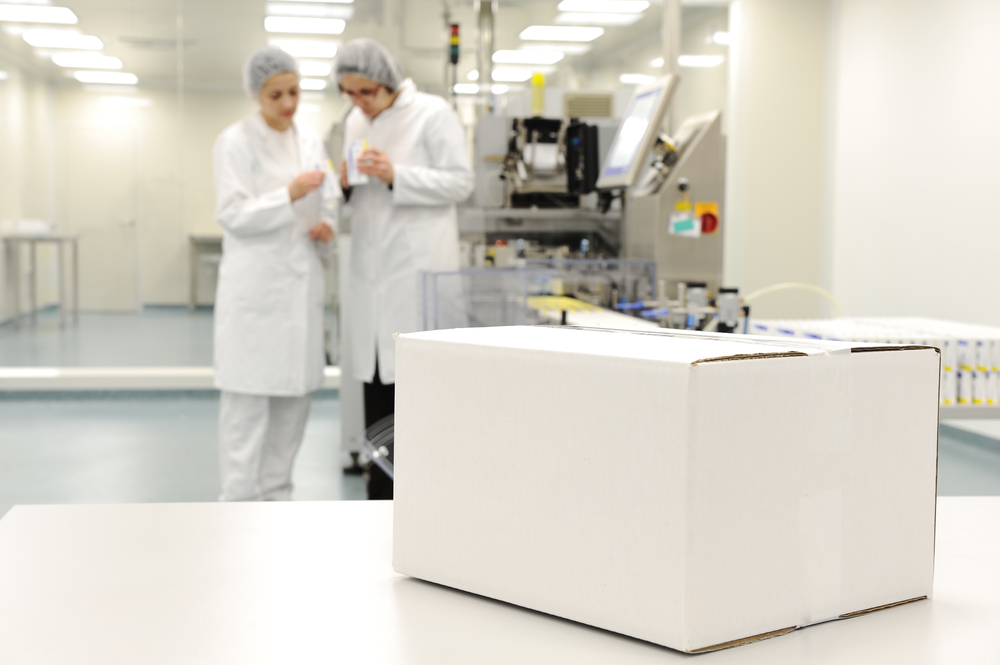Fall 2022 Supply Chain Scholarship winner Emma Ciccotosto is a bright young woman with a promising future career in logistics. In her winning essay, she wrote about the benefits of automation and its different applications throughout the supply chain. Well-researched, this essay exemplifies what we look for in the scholarship search, and we as a company are excited to see her future success in this industry.
The Supply Chain Scholarship was created to not only inspire fresh and new ideas within the industry, but to find talent as well. In conversations with our warehouse management system (WMS) customers, they shared the difficulty in seeking suitable employees with talented minds, especially during the ongoing labor shortage. To help the development of our industry, we created the Supply Chain Scholarship to find and aid like-minded individuals that will lead the future for supply chain and warehousing technology.
Without further ado, here is a future visionary in logistics and winner for the Fall 2022 Supply Chain Scholarship, Emma Ciccotosto, and her essay on the automation of the supply chain.
There is one main factor that consumers are constantly thinking about when ordering online–how fast can it get here. This epitomizes the “next big thing” in supply chain innovation: further improving efficiency, working conditions, and productivity. Innovations in logistics today heavily depend on innovations in technology and artificial intelligence (AI), specifically, the automation of the supply chain. The benefit of automation includes cost reduction, improved speed and accuracy of routine operations, added efficiency through side-by-side work with human beings, and reduced risk of employee injury in dangerous environments. Over the next 5 years, automation in the supply chain will continue to grow as these automations can complete tasks that add limited value, leaving warehouse workers free to perform high value-added tasks. AI Multiple (2022) cites that warehouses, back offices, and transportation are the three main areas where we will see automation take off.
In the warehouse, automation would help supply chain leaders overcome the labor shortage, which has intensified in the wake of the pandemic. Most warehouse operations include repetitive tasks such as inventory management, supply chain tracking, and high-risk tasks, such as operating heavy machinery. Statista predicts that by 2026, the warehouse automation market will double in size to $30 billion (Statista, 2022). Automation in the warehouse has the potential to promote productivity, worker safety, and sustainability. Examples of automation in a warehouse include supply chain tracking, demand/supply planning and inventory management, automated guided vehicles (AGVs), and autonomous mobile robots (AMRs).
A supply chain tracking procedure ensures that shipments are both sent and received on time. On the supply side of the equation, shipping your customers’ orders out as soon as possible increases their loyalty and satisfaction. And on the production side of the equation, the timely receipt of intermediary goods will ensure an uninterrupted and on-schedule manufacturing process. Autonomous robots have the potential to improve operations by increasing productivity, reducing risk, and improving data collection. Some of the recent developments include robots with more human-like capabilities. Improvements in haptic sensors that aid in feeling and touch so the robots can grasp objects that are as fragile as egg shells to handle multi-surfaced metal assembly lays the groundwork for even more advancement in automation. The automation of tasks in the warehouse makes it possible for robots to work independently, around the clock, with consistent levels of quality and productivity.
The next aspect of the supply chain that would benefit from automation is the back office. Automation in this application would be able to continuously track delivery orders, dock receipts, bills of lading (BOLs), and more. These are time consuming tasks for employees, and automation would not only relieve employees of these monotonous tasks but also allow the business to become more efficient and productive from an operational standpoint (Deloitte, 2022). AI has the ability to achieve end-to-end documentation automation, resulting in more fluidity such that manufacturers can optimize their supply chain operations and minimize their carbon emissions.
As the current truck driver shortage highlights, there is a need for transportation automation to help lessen the reliance on human drivers. According to Fortune Business Insights (2020), the autonomous vehicle market is projected to rise to $11 billion by 2028. This indicates that drones and other autonomous vehicles will make up a larger portion of the transportation sector of the supply chain. There are already many companies, like Amazon, that are automating the transportation segments of their supply chain. Investing in self-driving delivery systems may give a competitive advantage in the supply chain and logistics industry (AI Multiple, 2022).
Automation is already becoming incorporated in our everyday lives, through self-driving cars, kitchen tools, and medical devices, and we are already seeing the impact that automation is making. The combination of automation, AI, and sustainable practices will substantially reduce carbon emissions. According to McKinsey (2020), 80-90% of a company’s greenhouse gas emissions occur across the value chain. It is estimated that AI will reduce global greenhouse gas emissions by 4% by 2030. AI wouldn’t just benefit the environment but would also positively impact revenue by improving functionality; increasing fulfillment rates, delivery speed, and customer satisfaction; and reducing vulnerability to labor variability. With the help of AI, automation in supply chain management can be implemented successfully and make a substantial impact on our society today.
Works Cited
“Autonomous Cars Market Size, Share, Growth & Forecast [2028].” Fortune Business Insights, https://www.fortunebusinessinsights.com/industry-reports/autonomous-cars-market-100141. Accessed 1 June 2022.
“Autonomous Robots and the Future of Supply Chain.” Deloitte, 26 May 2022, https://www2.deloitte.com/us/en/pages/manufacturing/articles/autonomous-robots-supply-chain-innovation.html. Accessed 1 June 2022.
Pinching, John. “EU Automation on manufacturing sustainable supply chains.” Sustainability Magazine, 26 November 2021, https://sustainabilitymag.com/diversity-and-inclusion-dandi/eu-automation-manufacturing-sustainable-supply-chains. Accessed 1 June 2022.
“Renewable Energy and the Future of Supply Chain.” Deloitte, 26 May 2022, https://www2.deloitte.com/us/en/pages/manufacturing/articles/renewable-energy-supply-chain-innovation.html. Accessed 1 June 2022.
“3 Ways to Improve Supply Chain with Automation in 2022.” AIMultiple, 23 May 2022, https://research.aimultiple.com/supply-chain-automation/. Accessed 1 June 2022.
-
You’ll read about:
Be the first to know
Subscribe to our newsletter





